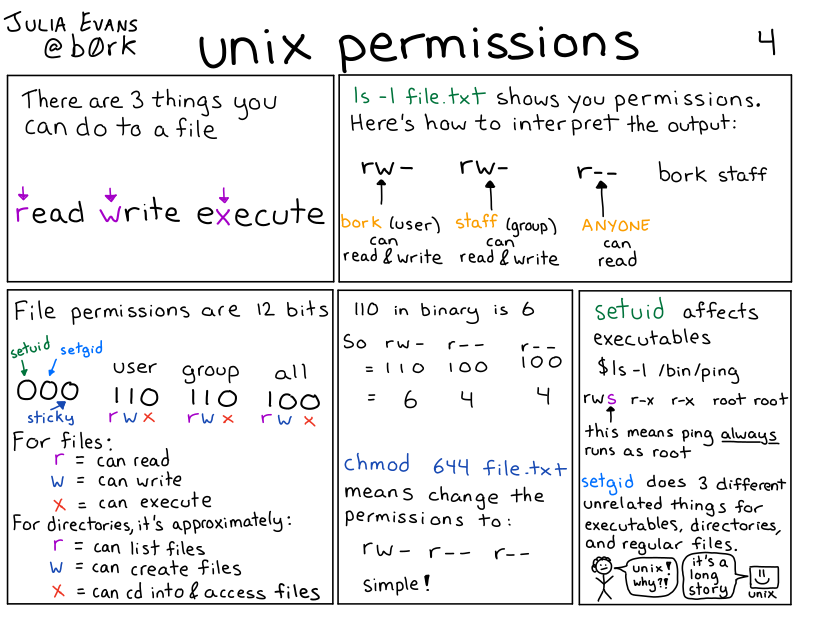Posts
4578Following
317Followers
476OpenPGP: 3AB05486C7752FE1
Julia's Reruns Bot
b0rk_reruns@jvns.capermissions
Permalink: https://wizardzines.com/comics/permissions/
Jarkko Sakkinen
jarkkoWolt, Ueber and Spotify are also resource managers and not much else. For "Spotify" in particular the latency is not there yet but Storj gives the metric that reaching that scale is only few years away.
Jarkko Sakkinen
jarkkoJarkko Sakkinen
jarkkoJarkko Sakkinen
jarkkoJarkko Sakkinen
jarkkoAn init system that could both upscale and downscale and based on statically linked tight core would be awesome.
It could even be (partially) compatible with the same unit-file format.
In particular for this project it would make a lot of sense to implement such support because this is a need at scale:
https://github.com/uutils/coreutils
Could even gain sponsorships from embedded companies.
Jarkko Sakkinen
jarkkoSiltakatu is my home street [1] in #Tampere and I try to find solutions for various issues in software engineering, so by combining these two facts I got a company name 🤷
Sometimes my solutions suck tho but I do not imply anything about quality in my "company brand" ;-)
[1] The #Finnish word silta translates to bridge and katu translates to street.
Jarkko Sakkinen
jarkkoJarkko Sakkinen
jarkkoJarkko Sakkinen
jarkkoThe golden rule for writing code and debugging is obviously:
1. Do the most simplest and least scalable trial at first.
2. If that does not scale take a more powerful tool.
I certainly know how to use core files but it is MORE EFFORT.
Jarkko Sakkinen
jarkkoI think their key application is a "pay for utilization" cost model, instead ”pay for subscription time” as an option. I've used a S3 storage service Storj for some time and for my use this has been quite effective.
Jarkko Sakkinen
jarkkoJarkko Sakkinen
jarkkoSince https://github.com/RustScan/RustScan claims to be fast I tried first a trivial SYN scan to my file server:
sudo nmap -sS -p- haaparousku
I got the list of ports in about one second (bit more or less). Then I tried rustscan and got bored enough to finally SIGINT it:
rustscan --addresses haaparousku
Not sure I get the improvement here… Also command-line is not “tactile :-)
Something definitely to improve in Rust command-line apps is not to think arguments as an object tree that you feed into clap crate. That’s just lazy.
Instead a better metaphor for a great command-line interface is something like a game pad that you can “play” easily. That’s why nmap has been relevant for decades.
The Penguin of Evil
etchedpixels@mastodon.socialGlue on pizza is apparently not enough, how about bogus AI mushroom foraging books
https://www.reddit.com/r/LegalAdviceUK/comments/1etko9h/family_poisoned_after_using_aigenerated_mushroom/
Jarkko Sakkinen
jarkkoJarkko Sakkinen
jarkkoJarkko Sakkinen
jarkkoEssentially each test VM is also one shot, deleted after a single test run.
Basis is like https://codeberg.org/jarkko/linux-tpmdd-test
